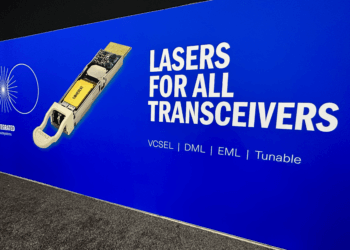How to achieve consistent VPC-style networking for applications across public cloud and private infrastructure?
Alex Saroyan, CEO from Netris, breaks it down for you:
- Alex discusses the shift towards cloud-native applications and the challenges of latency, cost, and data sovereignty issues that come with it. He emphasizes that while the public cloud is not the only infrastructure where applications run, it is crucial for the new generation of engineers and applications.
- The concept of VPC networking: Alex introduces VPC (Virtual Private Cloud) networking, a framework that simplifies infrastructure for engineers. He explains how VPC networking differs from traditional networking, highlighting its high-level abstraction that allows engineers to work more efficiently without needing to be experts in network protocols.
- The future of hybrid cloud environments: Alex shares insights on the growing trend of companies going hybrid, building private clouds, or creating new infrastructures. He discusses how Netris helps customers leverage the automation and high-level abstractions of the cloud in their private cloud and bare metal environments, allowing them to focus on their core business rather than becoming infrastructure experts.
https://youtu.be/v-oA5g3jq6w
Have a tech update that you want to brief us on? Contact info@nextgeninfra.io!














